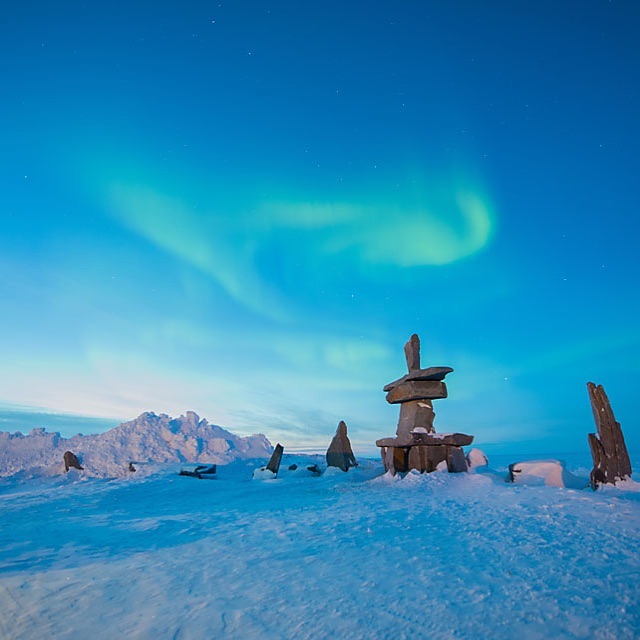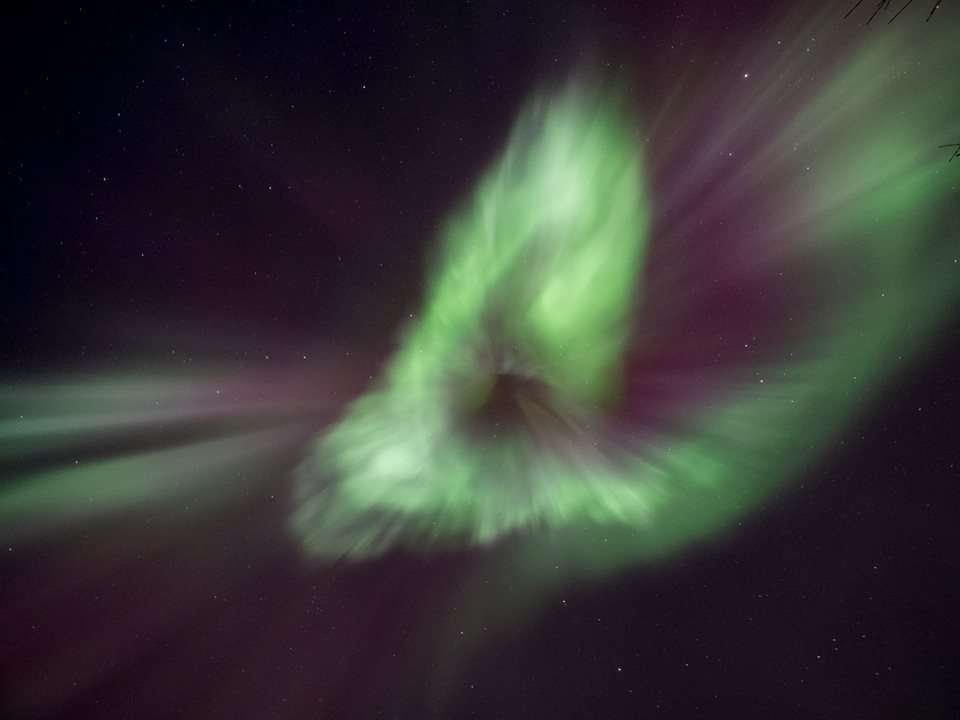If you plan on traveling to a place for optimal viewing of the Northern Lights and plan to photograph them (I’m quite partial to Churchill, Canada), you’ll need to think about your camera equipment, as not all cameras have the capabilities to photograph the aurora.
Your Camera’s Capabilities
While actually getting the photo can be a little complicated (and I’ve outlined proper techniques HERE), determining if your camera can photograph them isn’t difficult at all. While having a good quality lens is helpful, that’s usually not the limiting factor. Instead, it’s your camera’s ability to shoot at long exposures while at a high ISO.
As a photo guide for Northern Lights Photo Expeditions, I’ve unfortunately seen some guests come with cameras that could shoot at long exposures, up to 30 seconds, and they could also get to high ISOs, 1600, and even 3200. However, the camera could not do both at the same time. This is a deal breaker!
Be sure to do some test shots at home (and at night) when evaluating whether your camera’s cut out for the job.

Deciding on the Right Lens
If you do have a point and shoot, and it’s passed the test from the above section – you’re all set! No need to think much further. However, if you have a camera with interchangeable lenses (or you’re thinking about upgrading to one), this section is important for which lens is right for the job.
Generally speaking, you should prioritize the angle of the lens vs. the speed of the lens. You’ll often hear people saying that you need a fast lens…that is, one with a very wide maximum aperture, like f/2.8 or even f/1.4. While this is helpful in getting the best photos possible, you don’t want to favor those apertures if it means you have to go with a 50mm or 85mm lens. These just aren’t wide enough to get the full sky, let alone neat things in the foreground to give the shot context (like an igloo or inukshuk or people).

Thus, if you’re faced with the decision between a “normal” wide angle lens, like an 18-55mm f/3.5-5.6 vs. a 50mm 1.4, you really ought to go with the 18-55mm. You need to have the ability to get a lot of the scene in your photo. A 50mm version of the same shot as above looks like this…

It just simple doesn’t have the same effect, does it?
So, if you have an assortment of lenses, I personally recommend you bring the widest lens you have as your #1 pick.
However, if you’re planning on purchasing a lens specifically for photographing the lights, here are a few recommendations. Keep in mind that they can get pricey, because the technology inside them to “have your cake and eat it too” is pretty advanced…
My top picks: 24mm f/1.4; 16-35mm f/2.8; 14-24mm f/2.8; 14mm f/2.8; 17-40mm f/4; 18-55mm f/3.5-5.6; 24-70mm f/2.8; 24-105mm f/4
The “best” camera
To start, let me just say that virtually any DSLR or mirrorless camera body is great, and you’ll likely come home with stunning shots. However, if you really want to know the best, and shoot with the best, you ought to think about investing in a full frame camera. They are indeed an investment, but they are specialists at photographing in dim or dark conditions. They have a larger sensor, which means you can get dramatically better shots in very suboptimal lighting conditions.
If you’re not sure you’re ready to invest in a fancy camera body, read no further, as these are usually well over a $1,000 commitment. However, if you have a budget to get the best, I recommend getting a full frame camera. If you’re interested in learning more about different camera bodies, including full frame cameras, read my article about full frame cameras HERE.

In Conclusion
There are many ways and many combinations of camera bodies, lenses, and advanced point and shoots that will work for capturing the northern lights. If you are opting for an all-in-one system, like an advanced point and shoot camera, be sure to test it to make sure it can shoot at long exposures and high ISOs. If you are picking out a lens, make sure it’s very wide angle then choose based on the fastest speed (aka, smallest f/number)…not the other way around. If you’re aiming to upgrade your camera system, want the very best, and price is no issue – go for the splurge and get a full frame camera.












